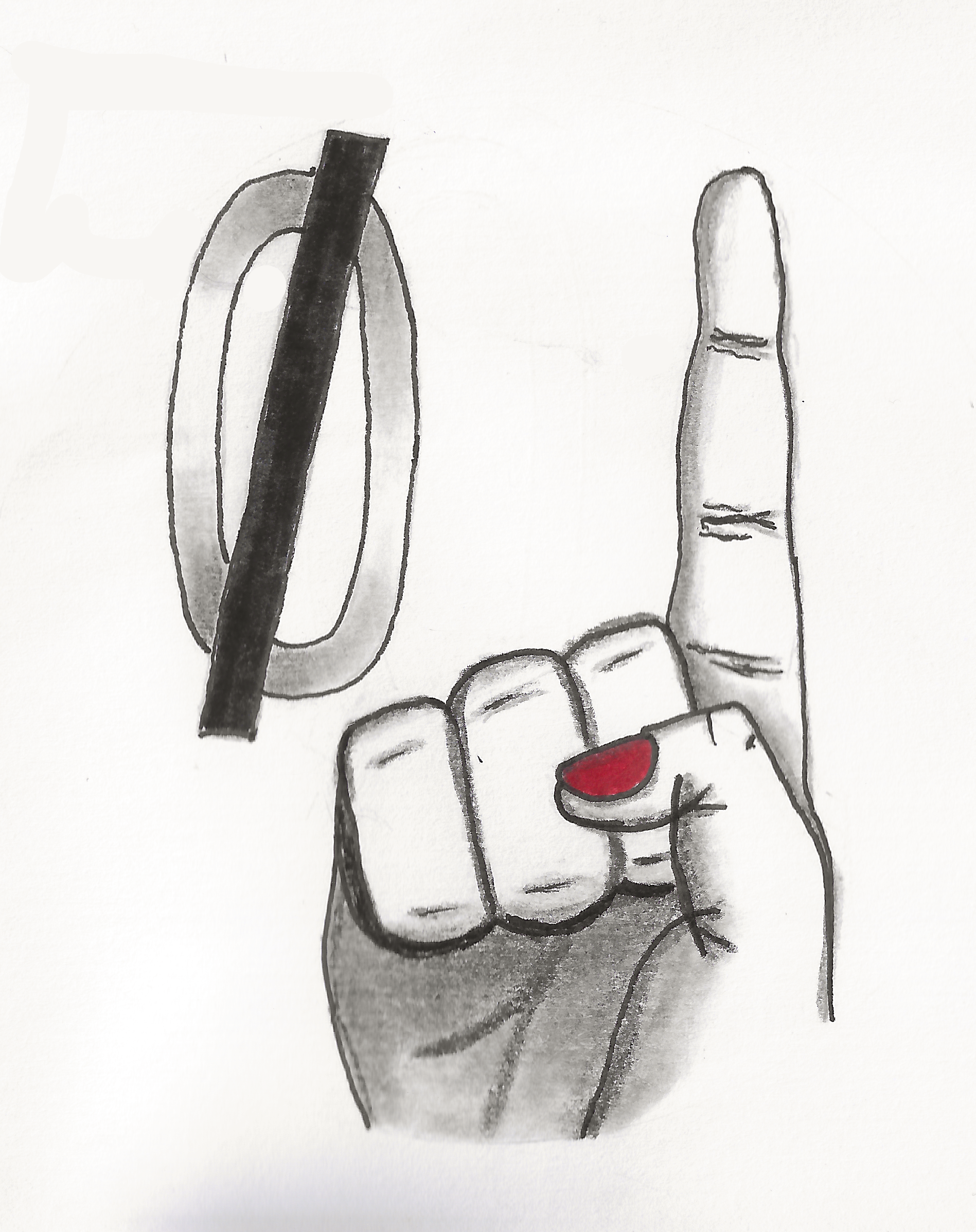

About time. Can they do it retroactively, or does this just mean no more security updates?


About time. Can they do it retroactively, or does this just mean no more security updates?


Indeed. And that goes for various social media apps too.


And again, a word of caution: leave the baiting to the professionals. It can be really easy to accidentally drop your opsec, and these people are usually being managed by organized crime syndicates that can have more reach than you’d expect.


Since there’s minimal market regulation, there’s massive amounts of manipulation. Basically everyone who messed with the exchanges before Sarbanes Oxley moved to crypto markets.


Trump, are you paying attention?
Regulation over data governance is what drives local investment, not tariffs.


Who’s to say that hasn’t already been done?


I think I’ve missed your point?


I’m surprised at how many otherwise intelligent people I know have installed the Honey plugin.
I mean, it was pretty obvious from the start who the product was.


Eventually, mining the LEO cloud for energy and materials will become lucrative.
Of course, there are other issues with our atmosphere going away….


This is silly.
PDF is a Portable Document Format. It replaced Encapsulated Postscript as a document storage medium. It’s not all that different than a more highly structured zip archive, designed to structure how the layout and metadata is stored as well as the content.
It has a spec, and that spec includes accessibility features.
The problem is that how many people use it is to take a bunch of images of varying quality and place them on virtual letter-sized pages, sometimes interspersed with form fields and scripts.
A properly formatted accessible PDF is possible these days with tools available on any computer; these are compact, human and machine readable, and rich in searchable metadata.
Complaining about inaccessible PDFs is sort of like complaining about those people who use Excel as a word processor.
So, with that out of the way… on to the sales pitch: “use AI to free the data!”
Well I’m sorry, but most PDF distillers since the 90s have come with OCR software that can extract text from the images and store it in a way that preserves the layout AND the meaning. All that the modern AI is doing is accomplishing old tasks in new ways with the latest buzzwords.
Remember when PDFs moved “to the cloud?” Or to mobile devices? Remember when someone figured out how to embed blockchain data in them? Use them as NFTs? When they became “web enabled?” “Flash enabled?”
PDF, as a container file, has ridden all the tech trends and kept going as the convenient place to stuff data of different formats that had to display the same way everywhere.
It will likely still be around long after the AI hype is long gone.


Yeah, pretty much what I stated on the original article. Local security risk if something is already compromised, and endemic to the Bluetooth spec.


I wonder if someone will come up with an ECU called The Heart of Gold…
We need more flowerpots turning into whales…


My workplace is OK with people working 24 or 32 hours a week as well; they pay them less for the 24 hours, but for 32, if the same amount of work is being done, they’re fine with less time on the job.


Well, now they have the ability to create new derivative content on the fly… next up is China mass producing movies and TV shows for all regions, with the content subtly different for each country or target demographic.


If he’s five, he’s OK to have atrocious spelling and grammar.
I do wonder though… if he’d truly read my previous response to his previous flat earth question, the answer to this one should have been obvious, as the same laws of physics still apply for gas molecules as they do for humans.
Let me ask you the same thing about swimming in moving water… relative to the water, do you slowly start to levitate?
No; if the referent is the water, to you it is stationary and the ground is moving past it; other than the slight movements at the interfaces, you’ll have the same interaction with the water no matter which way you move.
Likewise, the earth is both spinning AND rotating around the sun with an axial tilt. So if you fly in the direction of the earth’s rotation, you’ll be going faster relative to some fixed point in space, but relative to the earth’s surface, there isn’t a noticeable difference in forces going one way or the other. If there were, you’d already have flown off the surface just by standing up. Refer back to my bucket example for how that works.
Think of it this way: imagine a slowly moving stream. Anything in the stream will move along with the current and from its perspective will be “stationary” in the current, right?
But then think about the surface of the stream: the air above it isn’t moving, so the stream surface is rubbing along the air interface, creating drag. This means that the air is going to end up moving a little bit in the direction of the stream, and the stream surface is going to be moving a bit slower than the main body of water.
Wrap that in a circle, and that’s what the layers of the earth’s atmosphere are like. So a skydiver is “diving” in an atmosphere that is relatively (but not completely) stationary above a certain spot on the earth.
For an experiment you can try yourself, fill a bucket with water, and then spin around in a circle holding the bucket. All the water stays in the bucket instead of sloshing out one side due to the bucket moving through space. This is a combination of inertia and force acting on the contents of the bucket.
The earth is big enough to have a gravitational force strong enough to resist shear) the rubbing at the interface), and there’s nothing really out there in space for it to rub against. So the air is more impacted by the gravity of the moon and the heat of the sun than it is by friction against space or inertia overcoming gravity to send things flying off the earth at an angle.


If it isn’t, it really should be, or things will become a mess as the fediverse becomes more political. It needs to be resistant to that sort of thing as well as corporate control.


The other thing I can see happening is the EU investing in infrastructure, and then leaning more heavily into how things are conducted in the Fediverse. Right to be forgotten? Applies to all instances that want to federate with EU ones. Someone says something bad about the leader of Turkiye? Their instance is defederated if it doesn’t take it down.
Exactly.